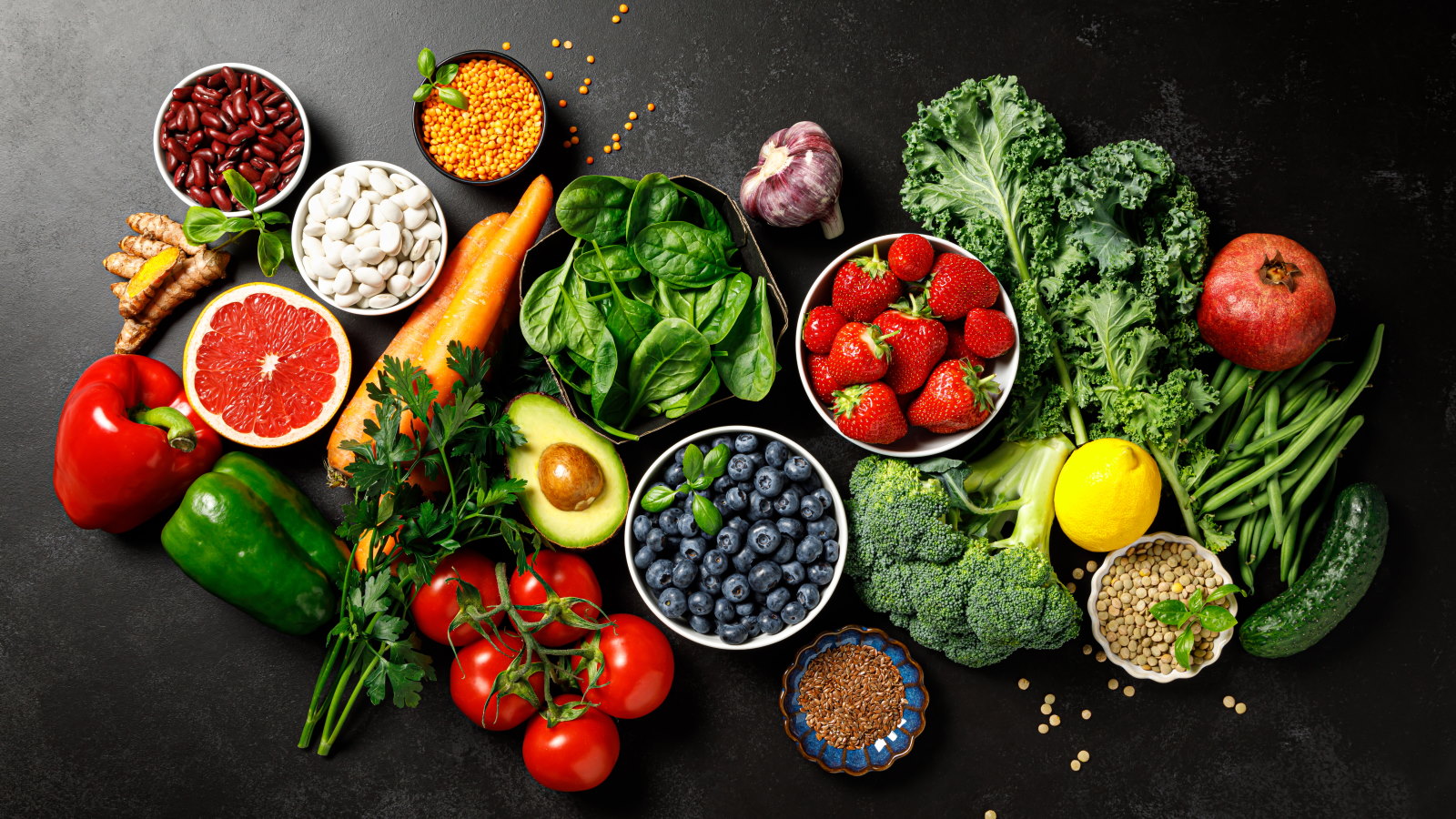
The term ‘superfood’ is given to nutrient-rich plants that are thought to offer health or well-being benefits. Cultivating them can be good for body, mind, and soul and it can be simple to grow your own superfoods at home.
Superfoods can help keep us fit and healthy and even combat diseases. There are real positives to having them as part of our diet and having them on our doorstep to harvest from the vegetable garden not only helps to save money but also allows us to experience the joys of homegrown crops.
I have grown fruits, vegetables, and herbs as a professional kitchen gardener in the UK for many years. I grew and harvested produce for chefs and that includes a Michelin-star restaurant. All of the crops that feature among the easiest superfoods to grow at home are ones I have lots of experience sowing, maintaining, and harvesting.
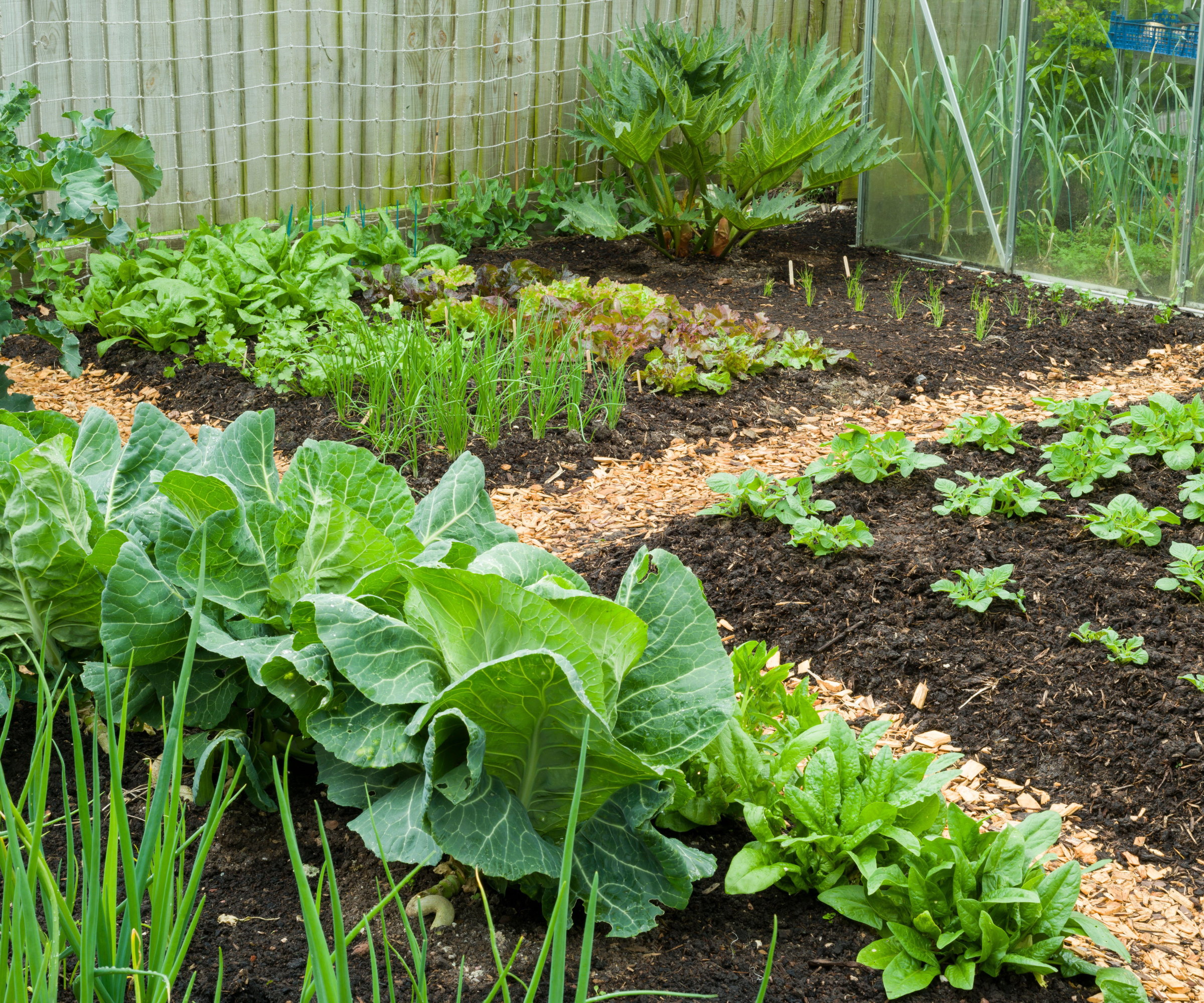
Grow your own superfoods - 7 of the best
The following are some of the best and simplest superfoods to grow at home. It includes some of the benefits each offers and a few growing tips - from planting the vegetables to harvesting.
1. Beets
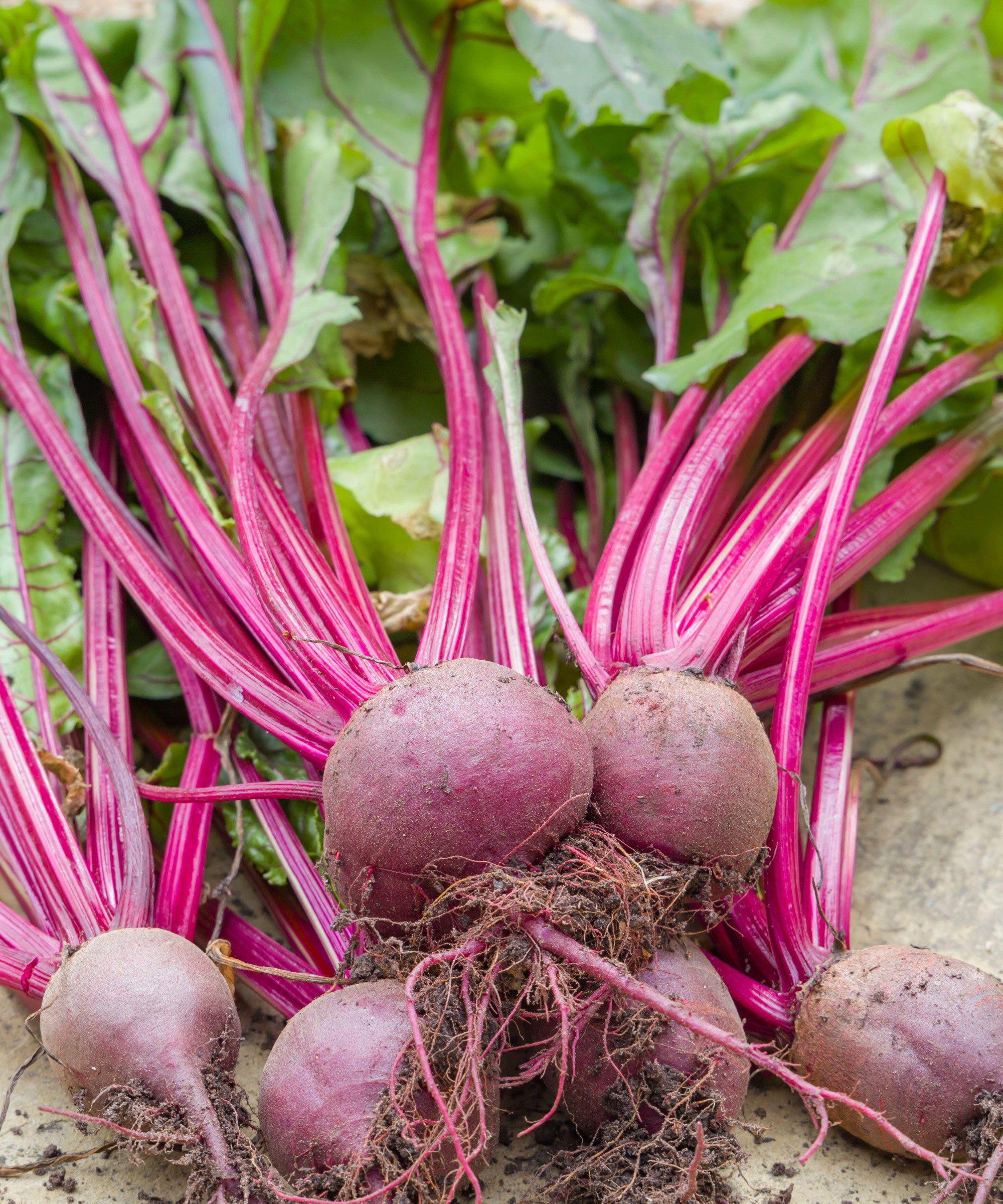
Beets are among the easiest vegetables to grow. They can reward you with a long season of flavorful and nutritious roots.
Beets, which come in red, purple, and yellow varieties, are rich in antioxidants, have anti-inflammatory properties, and are thought to help with heart health. The earthy roots also have lots of potassium, magnesium, iron, and vitamins C, A, and K.
To grow beets, sow directly into the soil once the risk of frost has passed. Sow seeds outdoors two inches apart - it is important to plant beets thinly as each beetroot seed you sow is actually a pod containing multiple seedlings. Keep the soil moist and thin the seedlings at least two inches apart.
Beets are ideal for succession planting every few weeks for a long harvesting season. The time to harvest beets is around 50-70 days after sowing once the beets are at least two inches in diameter.
One of my favorite types of beet to grow, Chioggia is an Italian heirloom variety with distinctive and attractive red and white candy cane-striped roots.
2. Blueberries
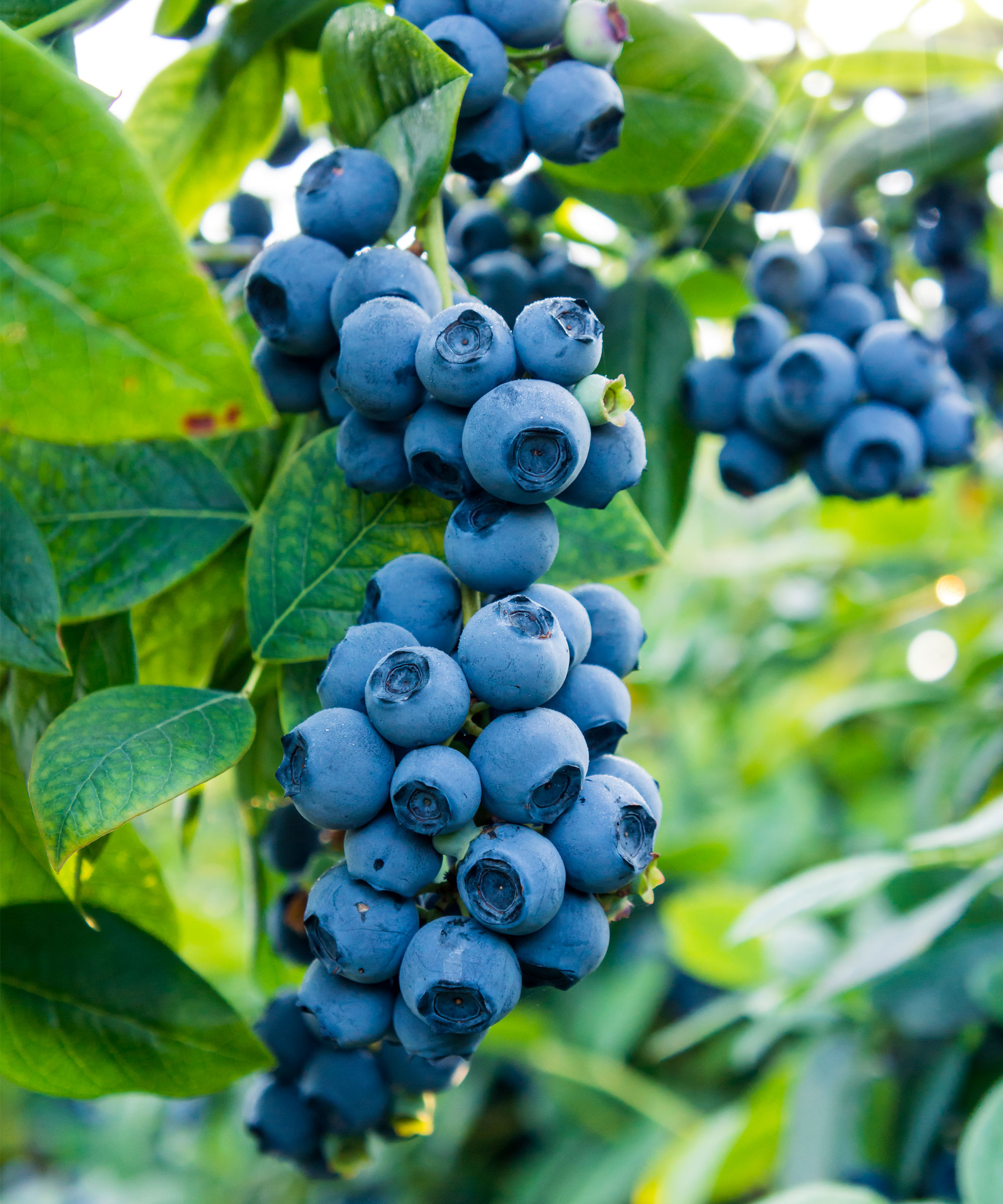
Blueberries are beautiful plants and the fruits are super-tasty and highly nutritious. When you grow blueberries you can enjoy a long fruiting season of berries rich in vitamins and antioxidants. Blueberries help brain function, lower blood pressure, reduce the risk of heart disease, and promote healthy ageing.
You must plant blueberries in the right condition - they are easy to grow if they meet the plant’s needs. Blueberries want acidic soil, the soil type wants to be moist and have a pH of 5.5 or lower. If your soil doesn’t meet the requirements, grow blueberries in pots as plants are ideal for containers filled with ericaceous compost.
Regularly water plants with rainwater, as using tap water can raise the soil’s pH level. It is beneficial to prune blueberries to keep the bush as productive as possible and get the best harvest year after year. The fruits themselves ripen from midsummer onwards.
'Patriot' is suited for US hardiness zones 4-8 and is a self-fertile blueberry bush whose fruits ripen in mid-season for a large crop followed by further intermittent harvests.
3. Broccoli
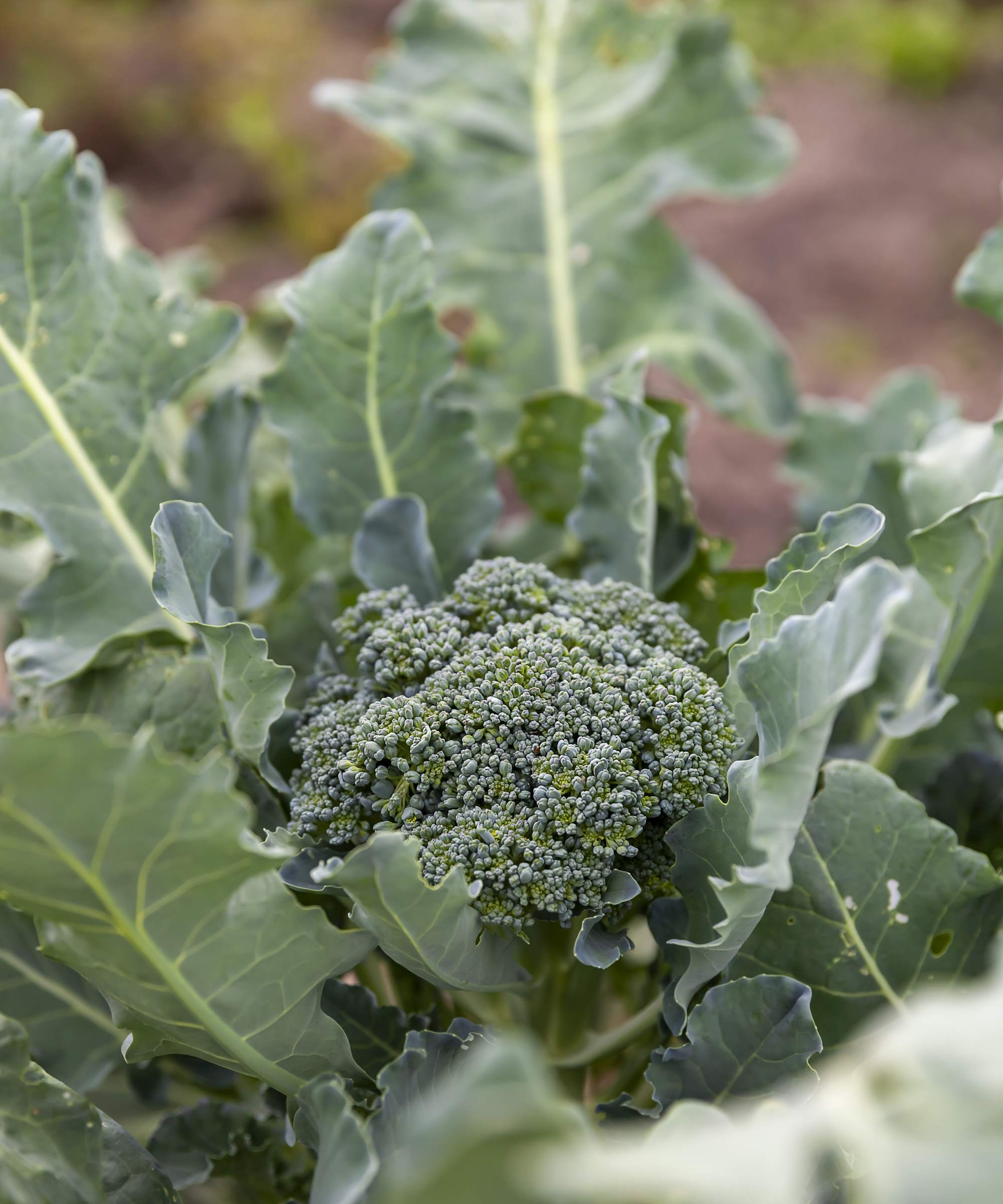
The green heads of broccoli are packed with goodness and beneficial properties. They are loaded with vitamins, minerals, and antioxidants. Broccoli has a long list of helpful nutrients, which means the vegetable is thought to help with bone, digestive, and heart health.
You can grow broccoli in the ground, or raised beds and containers in small vegetable gardens. Young plants can be bought from nurseries or garden centers to plant broccoli in the kitchen garden, or seeds can be sown in spring. It is best to sow seeds indoors into large cells or individual pots and transplant seedlings once the risk of frost has passed.
Keep broccoli plants well-watered and net them to protect the brassicas from being attacked by pests or birds. Harvest broccoli from mid-summer onwards once the heads are full of tightly packed buds. After you cut the main head, leave the plants and lots of smaller side shoots should appear to harvest later.
Discover the range of broccoli seeds at Burpee
4. Jerusalem artichoke

It may not be one of the first crops that spring to mind when you say superfood, but Jerusalem artichokes are high in vitamins and minerals and rich in fiber.
They are potentially the easiest of the superfoods to grow at home as Jerusalem artichokes require little maintenance throughout the season - often it can be a case of planting them and leaving them to do their thing till harvest time.
Jerusalem artichokes, also known as sunchokes, are a member of the sunflower family and grown for the sweet and nutty underground tubers. Plant tubers into a sunny spot and well-draining soil in early spring when the ground is workable, putting each one three inches deep and giving it around 18 inches of space.
They are drought-tolerant vegetables but will benefit from being watered during dry periods to ensure the tubers swell. Plants need no extra feeding and take 120-150 days to go from planting to the time to harvest Jerusalem artichokes.
Wait until after a frost to harvest and carefully lift the tubers out of the ground with a garden fork. Search the soil around the plant to find any tubers that have come disconnected, as they will sprout again next year if left in the ground.
A selection of 25 Jerusalem artichoke tubers that can be planted in zones 3-8 to grow into 6-8 feet tall plants and provide harvests of delicious nutty tubers come the colder months.
5. Kale

Kale has long been touted as a superfood, and for good reason. It is positively brimming with nutrients, vitamins, and antioxidants, including vitamins C and K. Kale is one of the most nutritious vegetables you can grow or eat. Its benefits include eye health, blood pressure, weight management, and heart health.
There are many different types of kale to grow, including various sizes, colors, and leaf shapes. One of my particular favorites is cavolo nero, also known as Tuscan kale or dinosaur kale, as its dark strap-shaped leaves are very ornamental, high-yielding, and delicious. It is a very hardy vegetable that can overwinter in a garden to give harvests of kale throughout the colder months.
Kale is simple to grow from seed. In spring, sow indoors in modules or individual pots and keep the container somewhere warm to germinate. Once the plants are large enough to handle, plant them outdoors in the vegetable garden. Like broccoli, keep kale netted during the growing season. You can grow kale in pots on a deck, patio, or balcony.
Water plants regularly during the summer and harvest kale once the leaves are large enough to use. Regularly harvest the older, outer leaves to allow the younger ones to develop and encourage the growth of new leaves for the longest cropping season.
Also known as Lacinato kale, this Italian heirloom kale develops heavily crinkled blue-green strap leaves with an excellent sweet flavor and is packed full of nutrition.
6. Microgreens
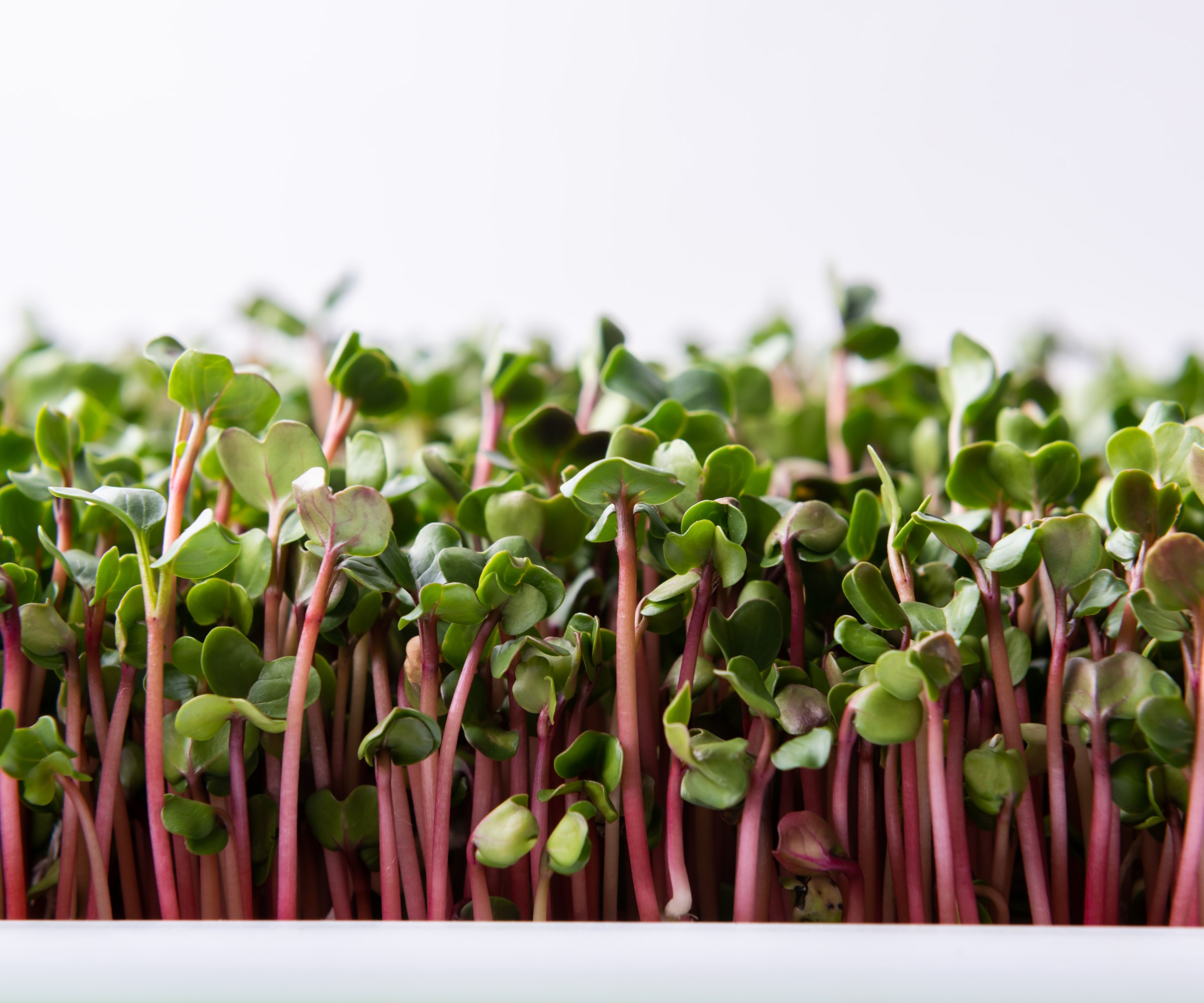
Microgreens are tiny seedlings of vegetables and herbs. I grew a wide range of microgreens for chefs in a greenhouse, but you can grow microgreens at home on a sunny windowsill. It is a quick and easy way to get small harvests for salads or garnish, but the seedlings are packed with nutrients. They have the flavor of fully-grown plants yet microgreens often have much higher levels of vitamins and minerals than mature vegetables.
There is a wide range of microgreens to grow at home, including beets, radishes, pea shoots, arugula, and basil. Of those popular options, the easiest and best microgreens to grow in my experience are pea shoots - from which you can get multiple harvests - and radish.
Sow seeds thickly on the surface of a tray filled with compost and cover them with a fine layer of more soil or vermiculite. Place the tray somewhere bright and warm and keep the soil moist. Harvest the microgreens when they are around 1-2 inches tall.
See the full range of microgreen kits and supplies available at True Leaf Market, including a wide variety of microgreen seeds to grow at home.
7. Tomatoes
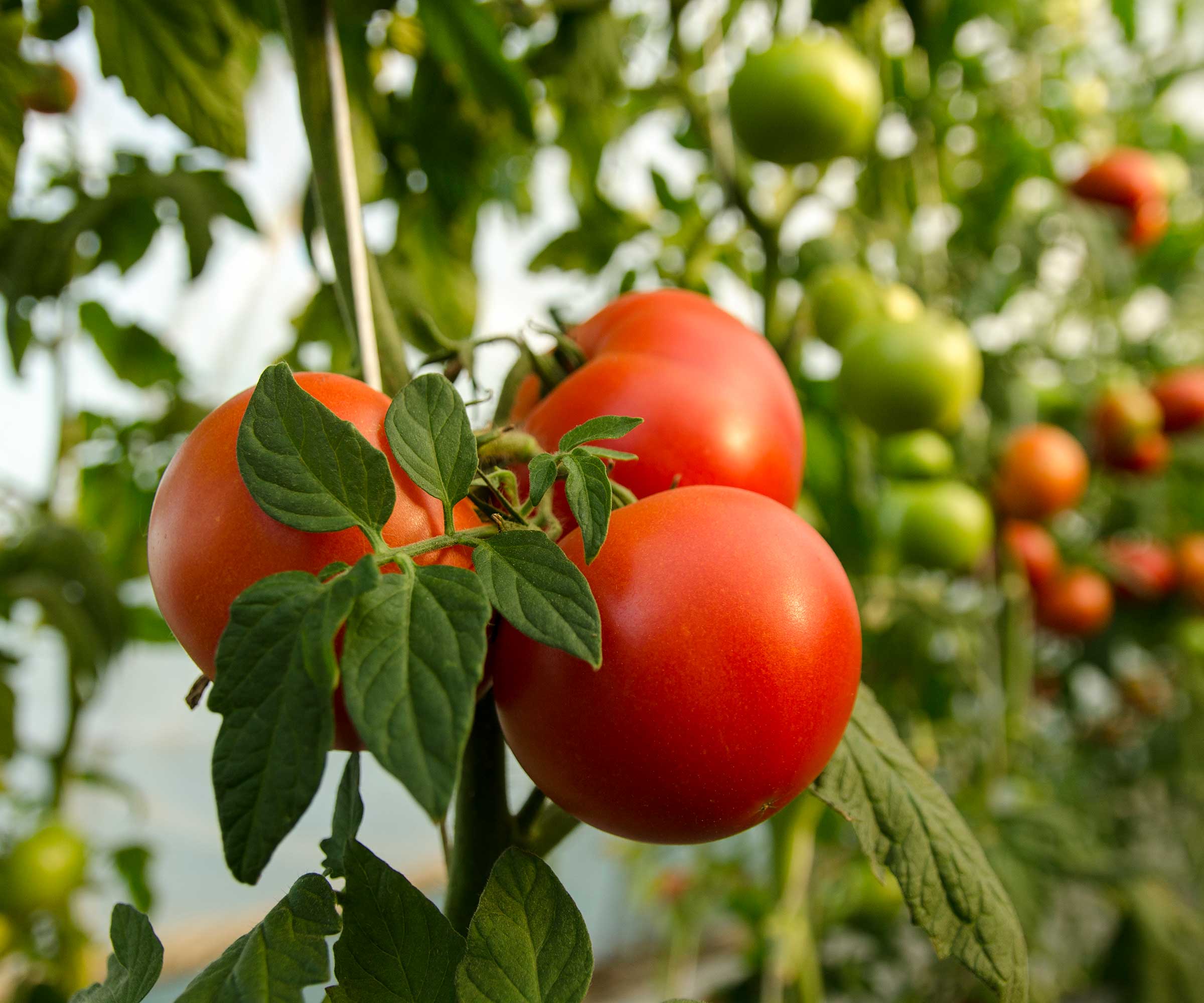
Growing tomatoes is a hugely popular pastime worldwide. From small cherry tomatoes to large beefsteak tomato varieties, tomatoes are a pleasure to grow and a great crop for new gardeners to get a first taste of growing their own.
As well as being enjoyable and popular, tomatoes are a superfood as the fruits are packed with vitamins and minerals. Tomatoes are rich in vitamins C and A and contain lycopene, which is thought to have great antioxidant properties to benefit your immune system, and heart health and even help prevent cancer.
Tomato plants can be grown indoors or outdoors as the crop loves sun and warmth to produce a great crop. The key to getting a great harvest of tomatoes is keeping them well-watered, regularly pruning tomato plants and fertilizing tomatoes with a liquid tomato feed every two weeks when they start flowering.
Sungold has always been a reliable and prolific variety of cherry tomatoes. I have grown Sungold for many years and the golden-orange fruits are tasty and grow in large numbers.
So that covers seven great superfoods to grow at home, however, the list does not end there. I cannot sign off without highlighting a few more fantastic superfoods to grow. I also recommend growing Swiss chard, cabbage, spinach, and strawberries if you are starting a vegetable garden and want to have as many superfoods as possible. They are all simple crops to grow and can provide tasty and nutritious harvests throughout the year.







